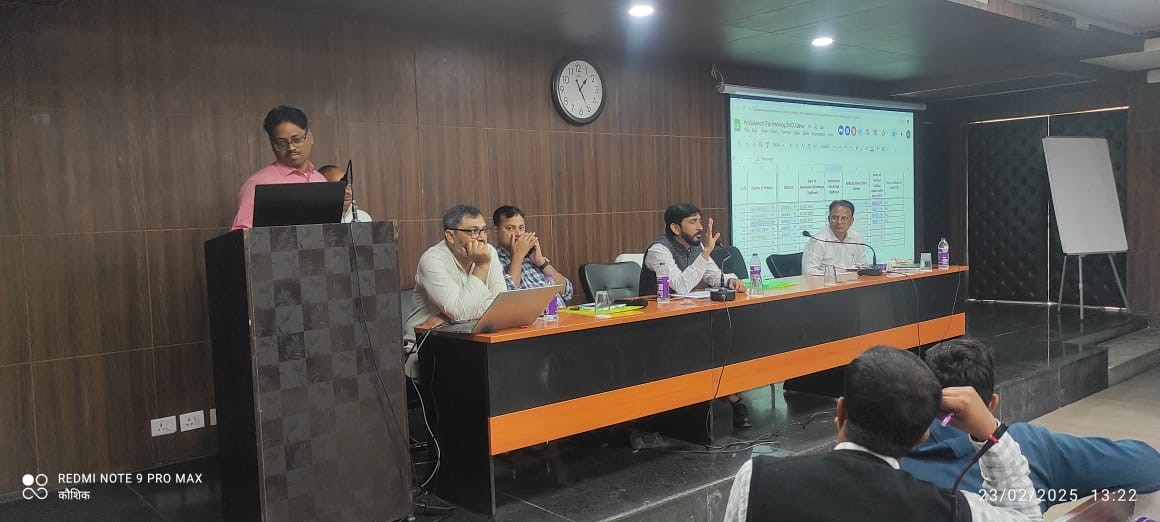What's New?
Leveraging Digital Tools for Daily Tracking of New-born Referrals by Government Ambulances in SNCU
Bihar has significantly reduced infant mortality from 48 to 27 and neonatal mortality from 31 to 21 per 1,000 live births between 2009 and 2020. Despite progress, neonatal deaths remain high, and uneven improvements persist. Reaching the 2030 target of single-digit mortality will require stronger healthcare infrastructure and better referral systems.
To address this, the government has expanded neonatal care units—NICUs, SNCUs, NBSUs, and NBCCs—under the National Health Mission. However, many SNCUs face challenges like inadequate staff and logistics, leading to high referral rates, congestion at tertiary centers, and risks during patient transport.
A key issue is poor tracking of ambulance referrals, despite free transport provision under the Janani Shishu Suraksha Karyakram (JSSK). To improve this, the government, with support from the Norway India Partnership Initiative (NIPI), developed a system to monitor daily ambulance usage for new-born referrals.

An orientation session was conducted on February 23, 2025, to train hospital staff in using this system. This initiative aims to optimize ambulance use, reduce mortality during transit, and support Bihar’s goal of lowering neonatal mortality by 2030.





